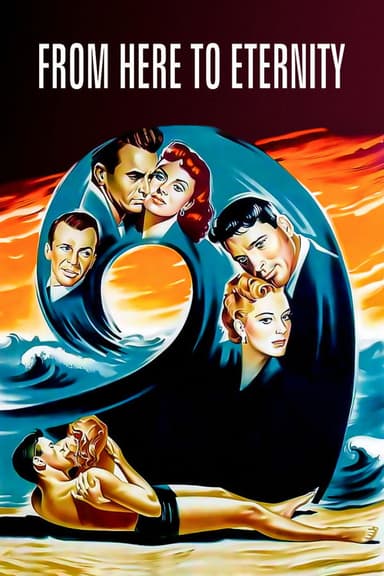
The Thin Red Line
1998 • Drama, History, War • R
The story of a group of men, an Army Rifle company called C-for-Charlie, who change, suffer, and ultimately make essential discoveries about themselves during the fierce World War II battle of Guadalcanal. It follows their journey, from the surprise of an unopposed landing, through the bloody and exhausting battles that follow, to the ultimate departure of those who survived.
Runtime: 2h 51m
Why you should read the novel
James Jones’s 'The Thin Red Line' offers a raw, unfiltered portrayal of the soldiers’ experiences, delving deeply into their psyche with a focus on the gritty realities of war. Through evocative prose, Jones captures the moral ambiguity and psychological complexity facing each character, drawing readers into a world where survival tests every human value. By engaging with the novel, you gain a nuanced, comprehensive understanding of the Guadalcanal campaign that film alone cannot provide.
Adaptation differences
The film adaptation of 'The Thin Red Line' significantly departs from James Jones’s original narrative in its focus and structure. While the novel centers on the collective story of C-for-Charlie Company, providing detailed inner lives and backgrounds for numerous soldiers, the film disperses its attention among a broader ensemble, often emphasizing visual poetry over character backstory. As a result, certain characters are consolidated, altered, or omitted entirely, fundamentally shifting the viewer’s connection to their arcs and motivations.
Additionally, Malick’s film prioritizes philosophical meditation and the natural world, frequently pausing the action to deliver introspective voiceovers and stunning imagery. The novel, however, maintains a much harsher, more relentless tempo, exploring the impact of warfare through direct dialogue, internal monologue, and action-driven narrative choices. This difference alters the tone, making the book feel more immediate and emotionally raw, while the film adopts an almost dreamlike detachment.
Some key plot points and brutal realities depicted in the novel are softened or omitted in the movie. Jones doesn’t shy away from graphic violence or the darker aspects of military life, including dissent, cowardice, and the harsh discipline faced by the troops, all of which are more muted or stylized in Malick’s adaptation. This results in a more sanitized, symbolic representation of war on screen when compared to the unvarnished and confrontational atmosphere of the book.
Finally, the source novel delves deeper into the cultural and social backgrounds of the American soldiers, exploring how their pre-war lives shape their wartime behavior. The film focuses instead on existential themes and universal questions about nature, death, and the human spirit, often at the expense of the richly individualized character studies that mark James Jones’s work. For a fuller appreciation of the true cost and complexity of the Pacific campaign, the novel remains unparalleled.
The Thin Red Line inspired from
The Thin Red Line
by James Jones
